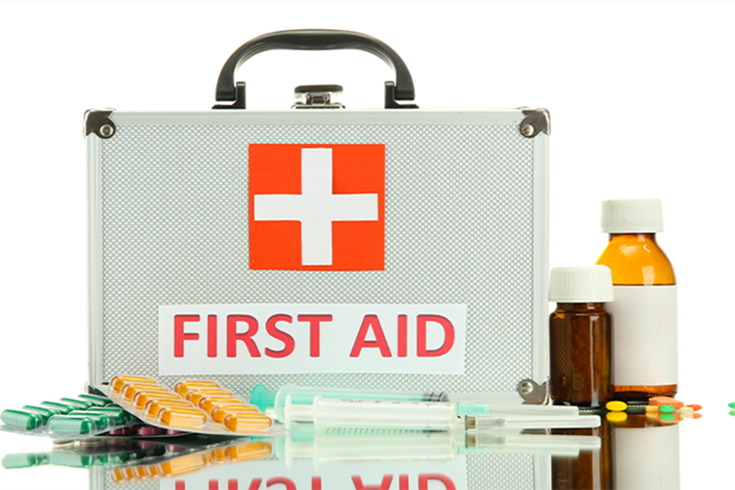Shortness of breath (dyspnea) in Lung Cancer

Apr 19, 2022
Dyspnea is a common and distressing symptom experienced by 19%–51% of patients with advanced cancer. Higher incidences are reported in patients approaching the end of life. Lung cancer is one of the most common causes of cancer-related death in men and women. It is responsible for 1.3 million deaths worldwide annually. It is usually associated with the development of the cancer cells in the lungs and their subsequent proliferation to other parts of the body causing complications in other organs.

Signs and Symptoms associated with Lung Cancer:
- A cough that does not go away easily or gets worse
- Fatigue
- Wheezing
- Coughing up blood or rust-colored spit or phlegm
- Chest pain that is often worse with deep breathing, coughing, or laughing
- Hoarseness
- Shortness of breath
- Infections like bronchitis and pneumonia that do not go away or keep coming back
A cough and dyspnea distress with breathing or breathing discomfort, coughing up blood, and chest discomfort are also common in the initial stages of lung cancer. Most of the people with lung cancer have difficulty breathing dyspnoea and shortness of breath.
Breathlessness or Shortness of Breath in Lung Cancer:
- Signs – Symptoms of breathlessness include difficulty catching your breath, noisy breathing or very fast, shallow breaths. Although breathlessness can make you feel distressed and anxious, there are surgical and non-surgical ways to prevent or reduce its impact on your quality of life.
- Treatment – Treatment will depend on the cause of the breathlessness. You may need your lungs drained or medicine prescribed to treat an infection or other lung problem.
- Issues of fatigue – Fatigue, and dyspnea are two of the most common symptoms associated with advanced cancer. Fatigue is also commonly associated with cancer treatment and occurs in up to 90% of patients undergoing chemotherapy. Fatigue is sometimes referred to as asthenia, tiredness, lack of energy, weakness, and exhaustion. Not all of these terms have the same meaning to all patient populations. Moreover, different studies of fatigue and asthenia have looked at different outcomes, ranging from physical performance to the purely subjective sensation.







